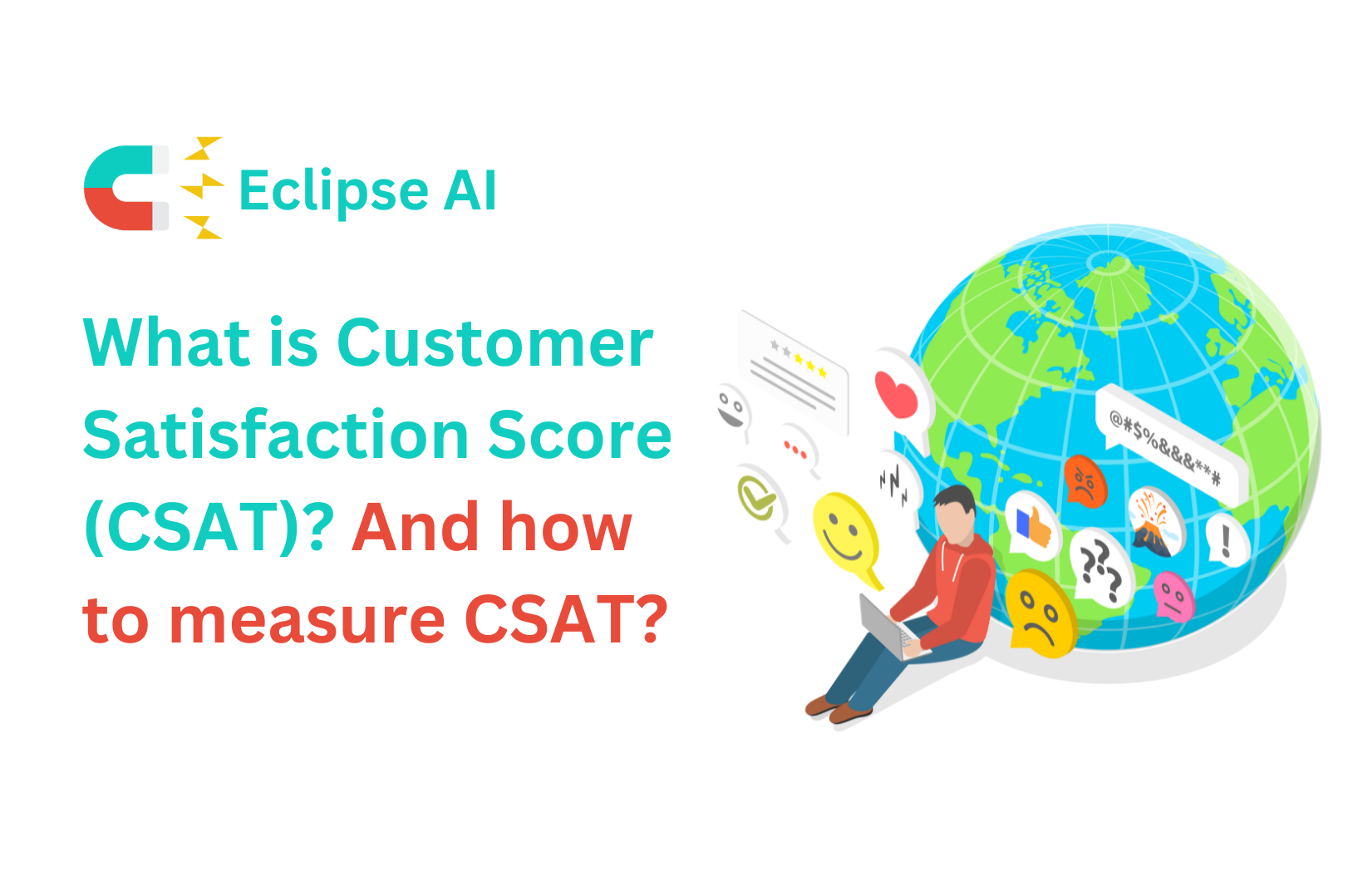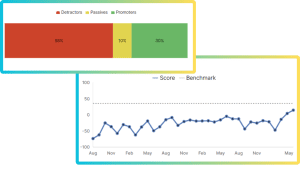
Numbers or Narratives? Understanding Quantitative vs. Qualitative Data
Discover the power of blending quantitative and qualitative data in customer surveys. Learn how numbers and narratives together can unlock deeper insights, drive customer satisfaction, and fuel business growth.








